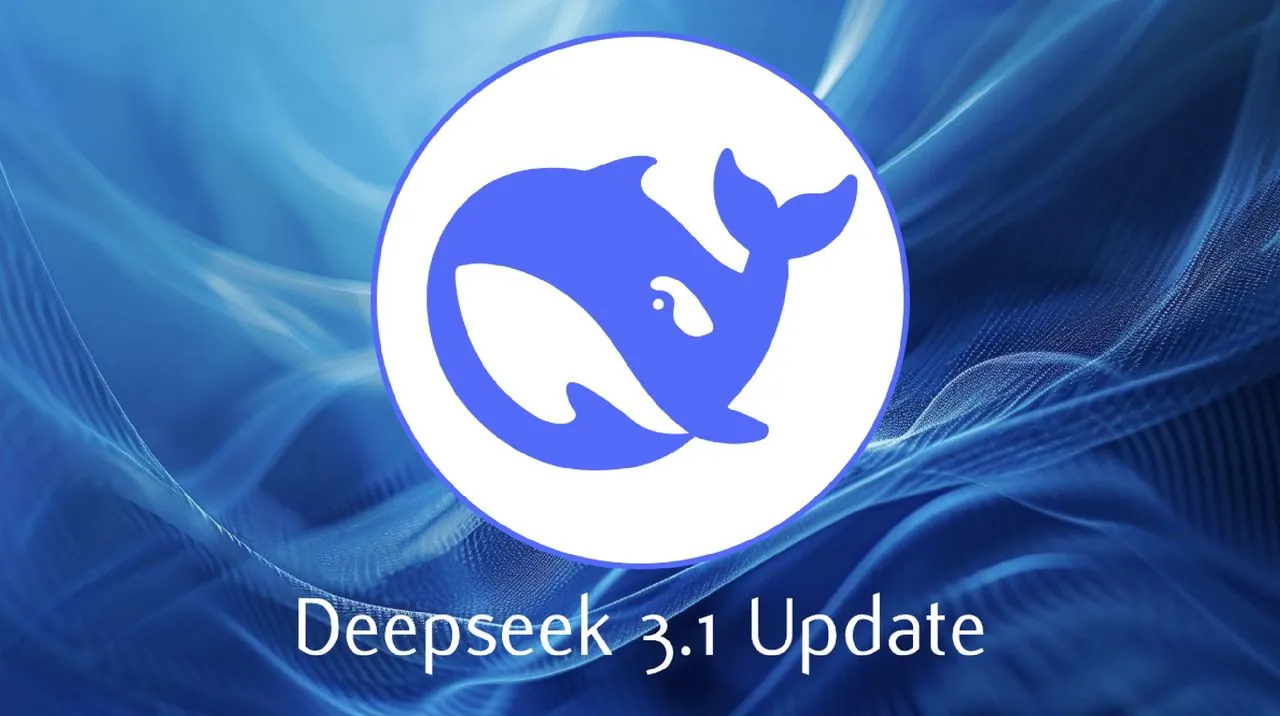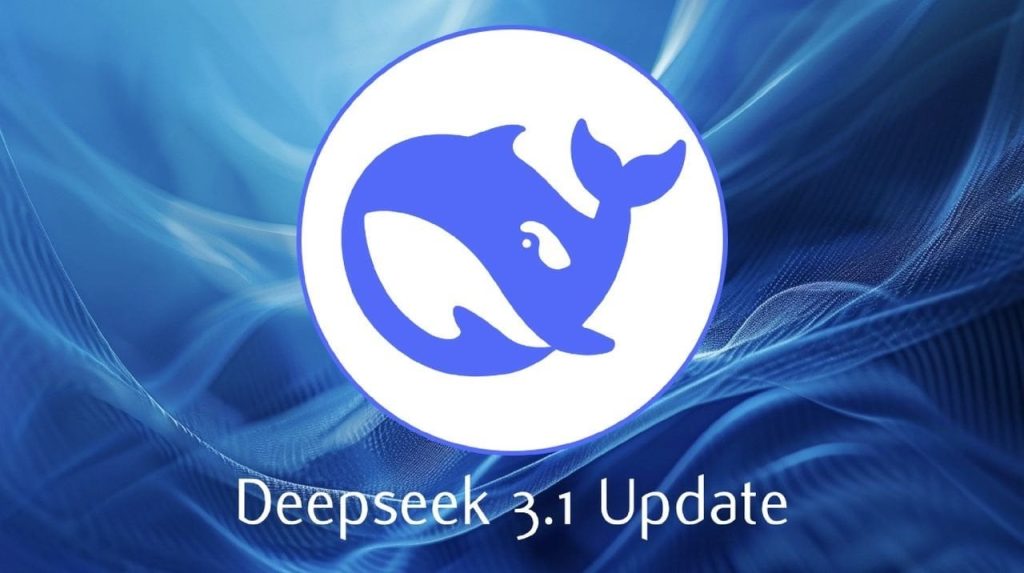
What if the tools you rely on to streamline your workflows could think smarter, adapt faster, and handle more complex tasks than ever before? With the release of DeepSeek 3.1, that vision edges closer to reality. This update introduces new advancements in AI-driven workflows, from hybrid reasoning that dynamically adjusts to task complexity, to a massive 128k token context window for processing extensive datasets. Yet, even as it pushes the boundaries of what AI can achieve, DeepSeek v3.1 grapples with challenges that highlight the delicate balance between innovation and reliability. For researchers, developers, and automation enthusiasts, this release is as much a leap forward as it is a glimpse into the hurdles that remain.
GosuCoder explore the fantastic features of the latest DeepSeek v3.1 update, including its enhanced structured tool calling and cloud-optimized performance, while also addressing the persistent limitations that could impact its adoption in production environments. You’ll uncover how these updates are reshaping coding, research, and task automation workflows, and why certain issues, like random text insertions and high token costs, still leave room for improvement. Whether you’re curious about its potential for your next project or intrigued by the broader implications for AI development, this deep dive will leave you with a nuanced understanding of where DeepSeek 3.1 excels, and where it falls short.
DeepSeek 3.1 Overview
TL;DR Key Takeaways :
DeepSeek v3.1 introduces key advancements such as structured tool calling, hybrid reasoning, and a 128k token context window, enhancing its adaptability and functionality for coding, research, and task automation.
Performance improvements include success in benchmarks like SweetBench and Terminal Bench, dynamic prompt handling, and optimized cloud performance, though inconsistencies remain in niche applications.
Challenges include random text insertions in outputs, slower token processing speeds in cloud environments, and limited interactivity in certain features, impacting its reliability for production use.
High token usage and associated costs limit its viability for real-time production tasks, making it more suitable for research-oriented workflows and background tasks.
Future potential lies in community-driven refinements, open source testing tools, and user feedback, which could address current limitations and enhance the system’s overall performance and usability in subsequent versions.
Key Advancements in DeepSeek v3.1
DeepSeek v3.1 introduces several updates designed to streamline workflows and improve its adaptability across diverse use cases. These advancements include:
Structured Tool Calling: The enhanced support for structured tool calling allows for more precise and efficient interactions with external tools and APIs. This feature is particularly beneficial for coding and research tasks that demand seamless integration with third-party systems.
Hybrid Reasoning: By incorporating hybrid reasoning capabilities, the system can dynamically adjust its reasoning effort based on task complexity. This adaptability enhances its problem-solving efficiency across a wide range of scenarios.
Expanded Context Window: With a 128k token context window, DeepSeek v3.1 can process significantly larger inputs. This capability is especially useful for analyzing extensive datasets or managing long-form content, making it a valuable tool for research-intensive workflows.
Anthropic API Integration: The integration with the Anthropic API format improves compatibility with cloud-based applications, simplifying deployment in distributed environments and enhancing overall usability.
These updates collectively enhance the system’s functionality, making it a more effective solution for tasks requiring precision, adaptability, and scalability.
Performance Highlights
DeepSeek v3.1 demonstrates measurable improvements across various benchmarks and real-world applications, showcasing its potential for diverse workflows. Key performance highlights include:
Benchmark Success: The model achieves notable gains in benchmarks such as SweetBench and Terminal Bench, reflecting its improved computational efficiency and accuracy in coding-related tasks.
Dynamic Prompt Handling: Enhanced dynamic prompt handling assists smoother and more intuitive interactions, particularly in workflows involving coding, modal creation, and iterative problem-solving.
Cloud Optimization: Using its expanded context window and hybrid reasoning capabilities, the system performs effectively in cloud environments, managing complex tasks with greater efficiency and reliability.
Despite these advancements, certain inconsistencies in performance remain, particularly in niche applications where precision and speed are critical.
DeepSeek v3.1 Update
Master DeepSeek v3.1 with the help of our in-depth articles and helpful guides.
Challenges and Limitations
While DeepSeek v3.1 introduces significant improvements, it also faces several challenges that impact its reliability and usability. These limitations include:
Random Text Insertions: Occasional insertion of Chinese text in code outputs disrupts workflows and necessitates manual corrections, even when operating at low temperature settings.
Token Processing Speed: Slower processing speeds in cloud environments hinder its practicality for real-time coding tasks, particularly those requiring rapid iterations and immediate feedback.
Limited Interactivity: Features such as the physics sandbox and WebOS examples exhibit inconsistent performance and reduced interactivity, limiting their utility for simulation-based tasks and exploratory workflows.
These issues underscore the need for further refinement to enhance the system’s overall reliability and user experience, particularly in production environments.
Cost and Usability Considerations
The high token usage and associated costs of DeepSeek v3.1 present additional barriers to its widespread adoption. While the system excels in research-oriented workflows and background tasks, its cost structure makes it less viable for real-time production use. Balancing performance improvements with cost efficiency will be essential for making sure its accessibility and practicality in future iterations.
Future Potential and Community Contributions
DeepSeek v3.1 establishes a strong foundation for future advancements, with several opportunities for improvement and innovation on the horizon. Key areas of focus include:
Post-Training Refinements: Community-driven refinements through post-training on the base model offer a promising avenue for addressing persistent issues and enhancing overall performance.
Open source Testing Tools: The availability of open source testing tools enables users to contribute to the model’s development, fostering a collaborative approach to improvement and innovation.
Community Feedback: Insights and feedback from users provide valuable guidance for identifying weaknesses and optimizing future updates, making sure that the system evolves to meet diverse user needs.
By using these opportunities and continuing to advance AI technology, DeepSeek has the potential to overcome its current limitations and expand its applicability across a broader range of workflows.
DeepSeek v3.1 represents a meaningful step forward in AI-driven workflows, offering significant advancements in structured tool calling, hybrid reasoning, and context handling. However, persistent challenges such as performance inconsistencies, high token costs, and limited interactivity in specific features restrict its practicality for production use. By addressing these issues and using community feedback, future iterations like DeepSeek v4 could deliver a more robust and versatile solution. For now, DeepSeek v3.1 remains a valuable tool for research and background tasks, paving the way for continued innovation in AI workflows.
Media Credit: GosuCoder
Filed Under: AI, Top News
Latest Geeky Gadgets Deals
Disclosure: Some of our articles include affiliate links. If you buy something through one of these links, Geeky Gadgets may earn an affiliate commission. Learn about our Disclosure Policy.

